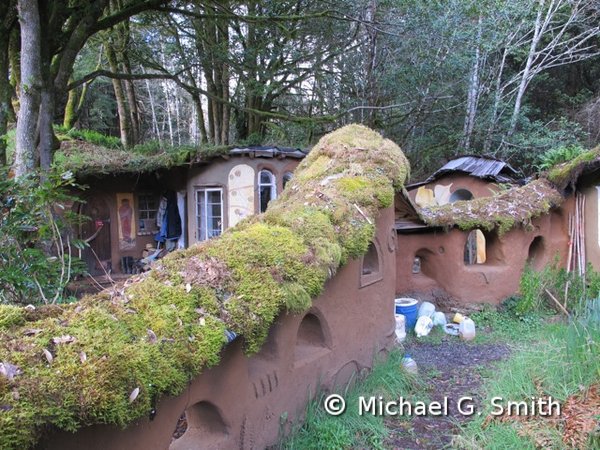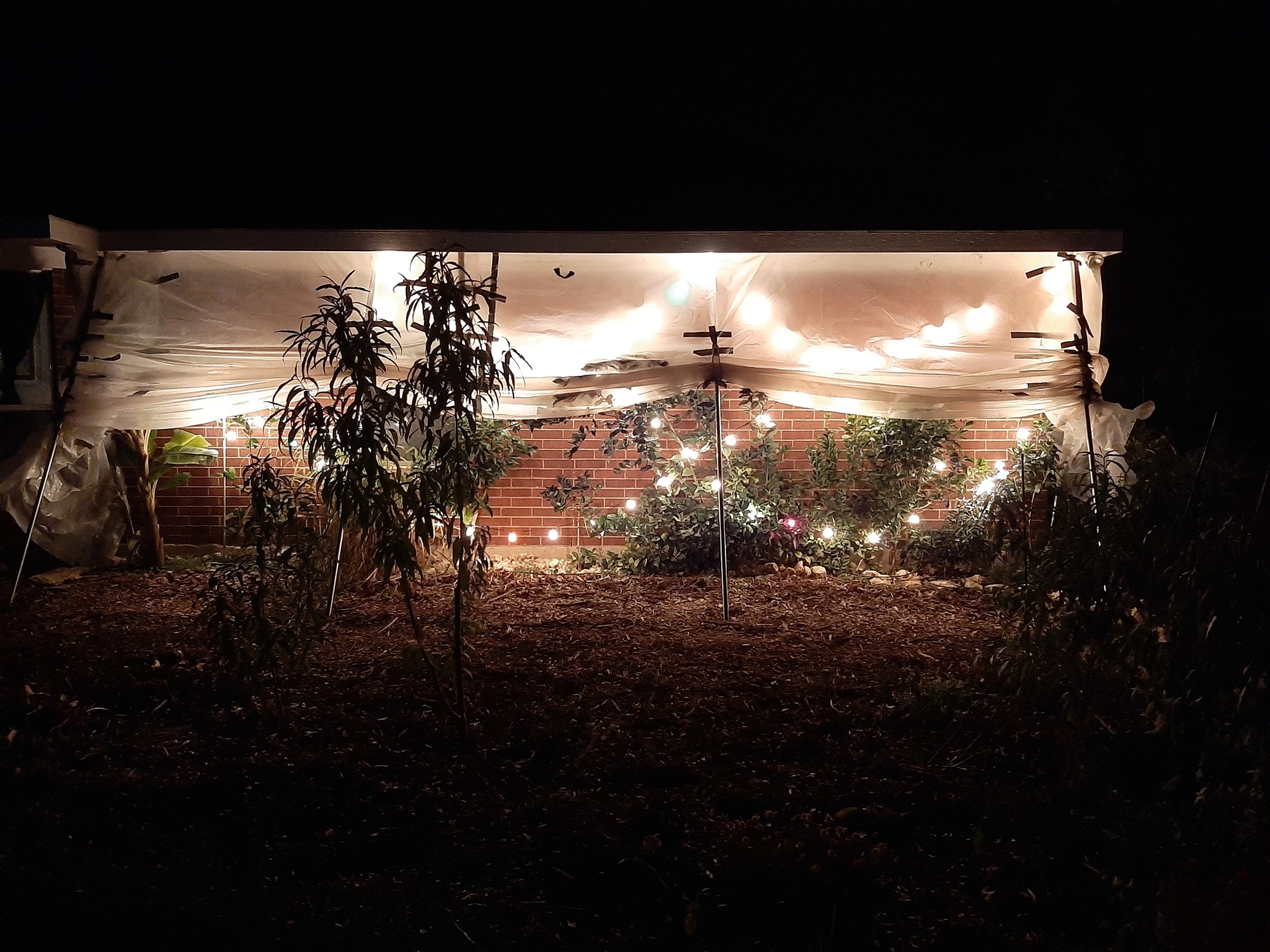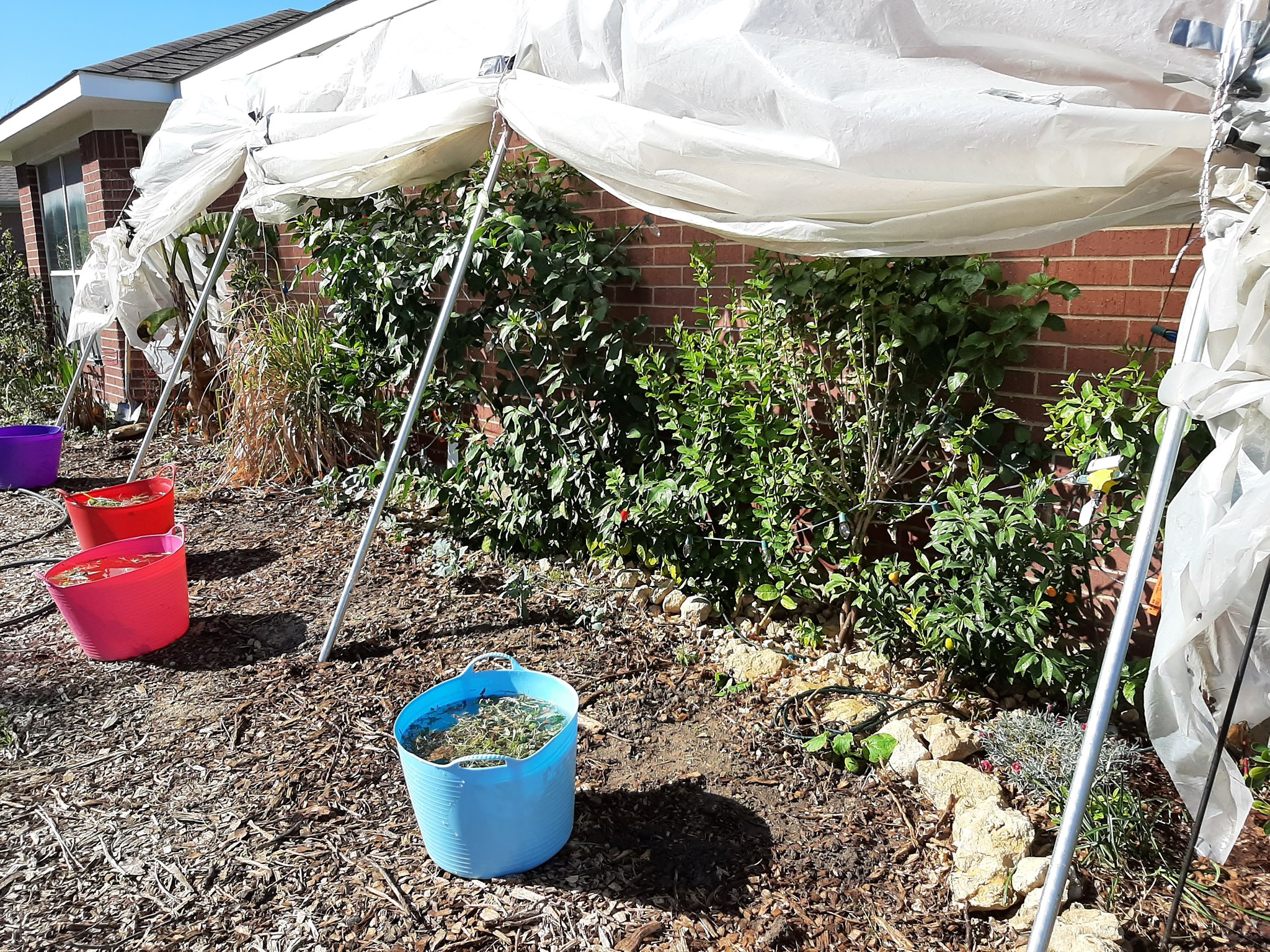
 2
2




Just me and my kids, off griddin' it - follow along our shenanigans at our YouTube Uncle Dutch Farms.












Just me and my kids, off griddin' it - follow along our shenanigans at our YouTube Uncle Dutch Farms.

 6
6




List of Bryant RedHawk's Epic Soil Series Threads We love visitors, that's why we live in a secluded cabin deep in the woods. "Buzzard's Roost (Asnikiye Heca) Farm." Promoting permaculture to save our planet.
 4
4




 - possible option for retaining winter sunlight?
- possible option for retaining winter sunlight?
The holy trinity of wholesomeness: Fred Rogers - be kind to others; Steve Irwin - be kind to animals; Bob Ross - be kind to yourself




 1
1




"Your thoughts are seeds, and the harvest you reap will depend on the seeds you plant." - Rhonda Byrne




Just me and my kids, off griddin' it - follow along our shenanigans at our YouTube Uncle Dutch Farms.
 3
3




 3
3




Living in Anjou , France,
For the many not for the few
http://www.permies.com/t/80/31583/projects/Permie-Pennies-France#330873




 1
1









Deb Rebel wrote:
I will be pushing forward with growing PALM trees here, some trunk-less kind will make 4b with some extra care and about two trunkless and one trunked will make 6b (here) with some winter care and careful selection in planting location. I just WANT one. I know of an 8a growing a few hours south of here in a 7a zone (trunked and mature) because it is in a protected area. So, you can push your zone with being careful.
Needle palm (rhapidophyllum hystrix) and Sabal minor palms do great here in 7B, I also have one windmill palm (Trachycarpus Fortunei) That is over 7 feet tall now. I've had two windmill palms die over the years when they were very small, but once they get 3 years old or so they seem to get a lot hardier. One thing I do that seems to help is to spray the growing spear point area with copper fungicide after any hard freeze, keeps any rot from spreading and killing the spear.




 1
1




Living a life that requires no vacation.




 1
1




Living a life that requires no vacation.
 1
1




"Have you ever had a dream, Neo, that you were so sure was real? What if you were unable to wake from that dream? How would you know the difference between the dream world and the real world?" --The Matrix
 3
3




Teacher, builder, grower, consultant, designer.
https://gofund.me/098fa818
Check out the homesteading bundle here! https://permies.com/w/homesteading-bundle?f=720
 2
2




 2
2




Whatever it takes to dodge a time clock.




Please give me your thoughts on my Affordable, double-paned earthbag window concept


















 2
2




The Russians managed to grow citrus outdoors, where temperatures drop as low as minus 30 degrees Celsius, and without the use of glass or fossil fuels. By 1950, the Soviet Union boasted 30,000 hectares of citrus plantations, producing 200,000 tonnes of fruits per year.
To better prepare citrus fruits for cold, Soviet citrologists followed a method called “progressive cold-hardening”. It allowed them to create new varieties which were adapted to local ecological conditions, a cultivation strategy which had originally been developed for apricot trees and grapes.
The method consists of planting a seed of a highly valued tree a bit further north of its original location, and then waiting for it to give seeds. Those seeds are then planted a bit further north, and with the process repeated further, slowly but steadily pushing the citrus variety towards less hospitable climates. Using this method, apricot trees from Rostov could eventually be grown in Mitchurinsk, 650 km further up north, where they developed apricot seeds that were adapted to the local climate. On the other hand, directly planting the seed of the Rostov apricot tree in Mitchurinsk proved unsuccessful.
None of the above mentioned cultivation methods were sufficient to grow citrus fruits in regions where the ground froze and where winter temperatures dropped below -15 degrees. Here, citrus plants were cultivated in trenches. Obviously, growing citrus fruits in trenches was only practical with dwarf and – most often – creeping plants. In this method, soil heat protects citrus fruits from frost.
The depth of the trenches varied from 0.8 to 2 metres depending on the winter temperature, the depth to which the ground froze, and the water table. The trees could be planted in single or double rows. Trenches were generally trapezoidal in section to improve light conditions. They were roughly 2.5 metres wide at the bottom and 3 metres wide at the top
When winter came, the trenches were covered with 2 cm thick wooden boards and single or double straw mats, depending on the climate. This kept the soil heat in the trench, while keeping precipitation out. If a layer of snow covered the boards, it was left in place for extra insulation. The boards were sloped at an angle of 30-35 degrees. When in winter the temperature rose above zero degrees Celsius, the cover was raised on the south side or completely removed during the day.
This method cannot be applied to any plant. Citrus plants tolerate very low light levels for 3-4 months per year, provided that the temperature of the air in contact with the crown is maintained between 1 and 4 degrees Celsius. At this temperature, the metabolism of the plants weakens, which improves their resistance to cold.
Ask me about food.
How Permies.com Works (lots of useful links)

 3
3





Permaculture...picking the lock back to Eden since 1978.
Pics of my Forest Garden




Permaculture...picking the lock back to Eden since 1978.
Pics of my Forest Garden
 2
2




Greg Martin wrote: I currently have a few seedlings that have survived two winters now with minimal damage. But they are quite small and they hide buried in the snow. Surviving contact with the snow and frozen ground is great, but we'll see when they are finally tall enough to be up in the winter air.
I make a Maple Syrup instructional movie! Check it out HERE
SKIP books, get 'em while they're hot!!! Skills to Inherit Property
See me in a movie building a massive wood staircase:Low Tech Lab Movie
 1
1




Mike Haasl wrote:
Greg Martin wrote: I currently have a few seedlings that have survived two winters now with minimal damage. But they are quite small and they hide buried in the snow. Surviving contact with the snow and frozen ground is great, but we'll see when they are finally tall enough to be up in the winter air.
Why not train them to be "creeping" as in the document Julia linked above? The Russians had citrus that sprawled just above the ground. If you could keep the whole tree under 1', it would never have to survive the coldest winter air.
If you had a snow fence or snow bush to guide extra snow on it, it might gain snow earlier and hold onto it through spring cold snaps.
Permaculture...picking the lock back to Eden since 1978.
Pics of my Forest Garden














Be joyful, though you have considered all the facts. ~Wendell Berry
 1
1






 1
1




 1
1





|
Everybody's invited. Except this tiny ad:
A book about luxuriant recipes for green living
https://greenlivingbook.com/
|





